Login🔥
New to Challenges? Register➡️Are you a Replyer?
Access with Reply credentials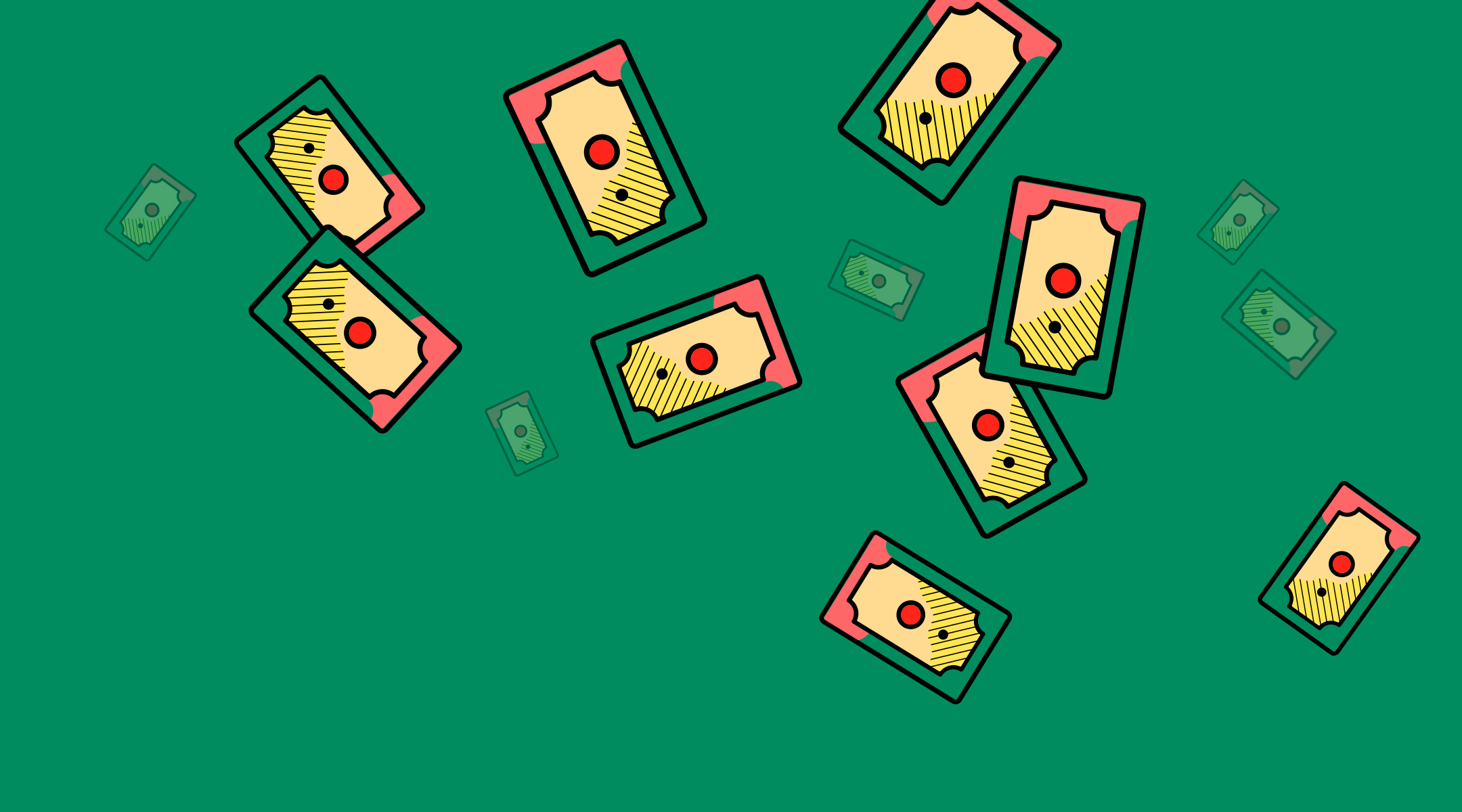
How I earned 200k € in 8 hours
myself!
Let me introduce myself,
I'm Alfonso di Palma
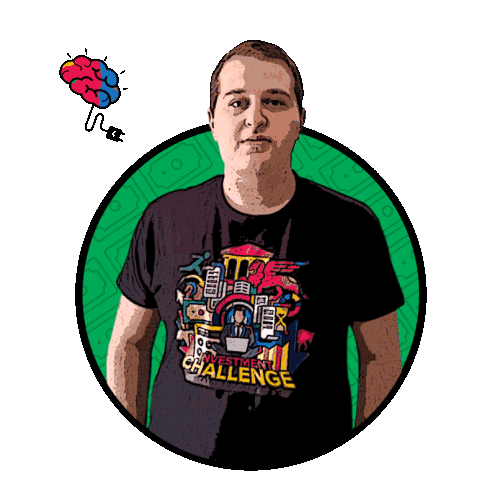
I'm 22 years old and was born in a town near Naples,
called Vico Equense. It's claim to fame? It's where the Bruce Springsteen's family is from.
Currently, I study Economics and Commerce at the Federico II University of Naples, and it's thanks to the university that I learnt about the Investment Challenge. In fact, it was my professor Rosa Cocozza who suggested the Challenge to my whole class and I decided to register.

The Training
Based on the experience I've gained over the last year on some online trading platforms, I came to the Investment Challenge with a good degree of knowledge.
I'd already been experimenting with some trading demo accounts for a few months. As a committed self-learner, I started by reading articles about the various online trading platforms and tools and watched some YouTube videos and before long, I was hooked.
I found the learning materials on Reply Challenges very useful too, along with other online articles on investment strategies.
The Challenge's trial period, where we could practise using the BG Saxo platform, was a really useful way to get familiar with the system and test the tools – and even be a bit careless with my trades as I got to grips with everything. Plus, it got me really excited about the upcoming Challenge.
The First Round
During the first two weeks of the trial period, I more than doubled my starting capital, generating a profit of 1.2 million euros and ranking thirteenth. I focused mainly on commodities, but also on a few shares, such as Microsoft and Wells Fargo, which seemed to be priced unusually low, as if they were on sale. I also invested in CFDs (contract for difference) with various stock exchanges, feeling relatively safe thanks to my experience.
The real challenge was investing as a company CFO (chief financial officer), not as aprivate trader who can manage their own portfolio as they see fit. This gave me a very different perspective on managing risk. And given the current crisis and highly volatile markets, it can be tempting to invest more recklessly in pursuit of higher returns or to make up for previous losses.
investing as a company CFO
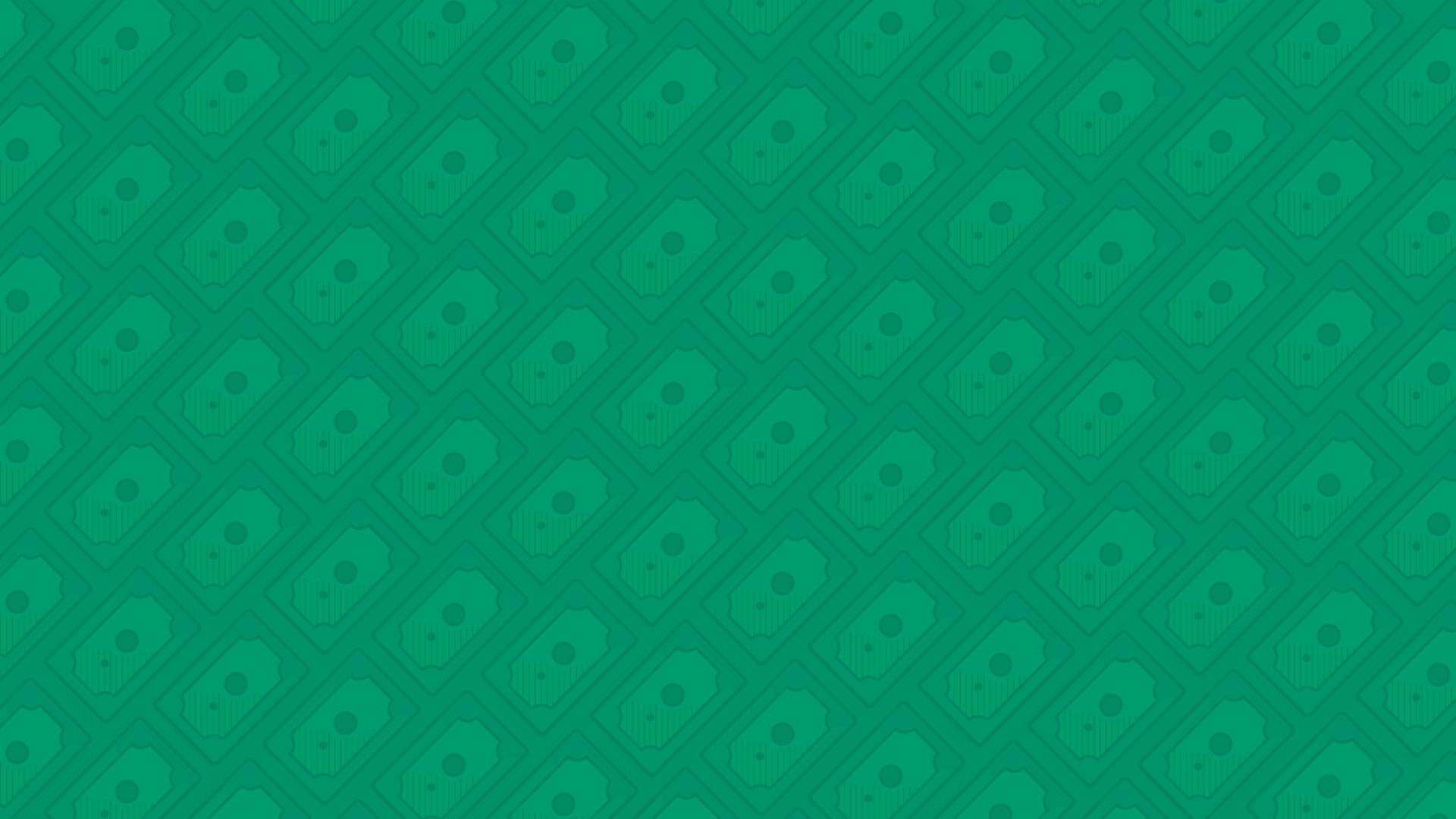
Good preparation was key to getting a good start for the April 24th Challenge Final.
Coincidentally, the day before was a busy day, both from a macroeconomic and political point of view.
The Final
The streaming meeting between Europe's political leaders took place on 23rd April. Starting in the afternoon, it lasted until late at night and I followed developments carefully. The news I was reading didn't convinced me there was a clear plan. To me, there was still a conflict between the Southern European countries (who wanted non-repayable loans and therefore no increase in public debt) and Northern European countries (who preferred an intermediate solution with mainly interest loans). Despite the statements from many heads of state who spoke of positivity and unity and absolute success, the situation did not seem very stable to me, and I felt the financial markets wouldn't be convinced either.
Also on the same day, other market indices such as the manufacturing PMI for Germany and the Eurozone came out and I noticed a sharp drop compared to the previous survey. Based on this alarm signal, I assumed there would be a loss the next day on the main European price lists.
I started thinking about a strategy based on the use of derivative instruments such as CFDs on indices on the main European and North American indices like FTSE Mib, Nasdaq, Dow Jones, S&P 500 and Dax 30.
I'll admit the Challenge really pushed me to study and increase my knowledge of technical-analysis tools, which I learned to master better during the Challenge. My strategy was also dictated by analysing Japanese candles (or candlesticks) in the days before the final.
For example, the Dax 30 from 20th April has followed an almost constant fluctuation, with neither increasing nor decreasing trends. In particular, on the 23rd I saw a candle with a fairly large body (indicating high volatility) and, more importantly, very large upper and lower shadows. As there was no upward or downward trend, I thought investors must be undecided, so I'd expect a busy next day on these indices. The 24th April on the Dax 30 was the day I gained the most. It was also the index I spent most energy on, monitoring its progress constantly in the preceding days.
On 24th April, the Dax 30 opened with a gap-down absolutely relevant to my strategy. I had set myself to go short, but realised the index was rapidly recovering after the market opened, so I changed my strategy to go long. This was effective, but I could only maintain it until the initial gap was closed. That's when I decided to close the position. I didn't want to risk the high profits I'd made in the morning (between 70,000 and 100,000 euros at 1.30pm). It was a gain which, eight hours into the Challenge, had catapulted me into one of the leading positions, so I didn't want to risk losing it. The general growing trend could be misleading, but after such a high gap opening and after such a sudden recovery after the first hour, I decided to close.

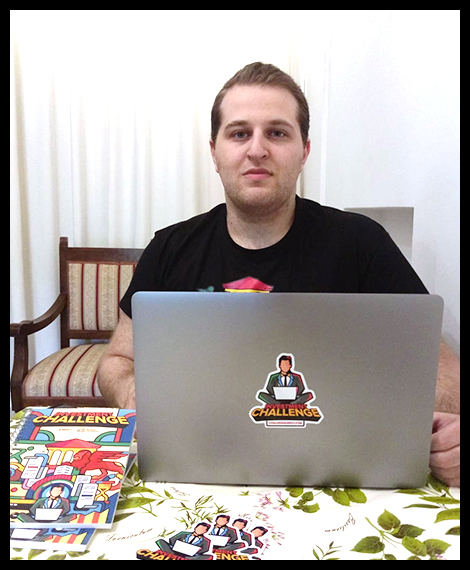
The FTSE Mib followed a similar trend: the previous day it had closed decisively positively and recovered in the morning. As an index which correlated with the DAX, I decided to close the position. This proved to be a good decision as at closing the Dax 30 was down at -0.89.
If I'd followed my initial strategy of betting negatively on these trends, I'd have had quite substantial losses in the morning.
Since the time frame was very narrow, I relied on a two-phase strategy: from 08.30 to 13.30, I traded on highly volatile European markets. To protect my investment, I traded on indices I thought would be much less volatile, such as the Nasdaq, the Dow Jones, S&P 500 and other North American indices.
On the 20th April, the graphs on these indexes showed an inverted hammer candle, with a very small body and very large shadows: it's a singular candle, and all the indexes (some more, some less) showed it, especially the Nasdaq and the S&P 500. The Dow Jones hadn't, but being an index based less on financial statements and more on other factors, it's less reliable. Immediately after this inverted hammer on 21st April, I expected an upward trend, and so it was: the candles of the 21st had a very large body and very small shadows. This indicated to me high market volatility, and on the 22nd and 23rd April this upward trend remained.

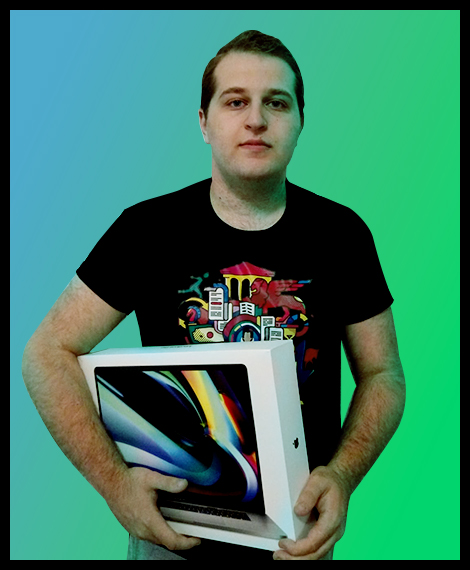




the risk through trading.
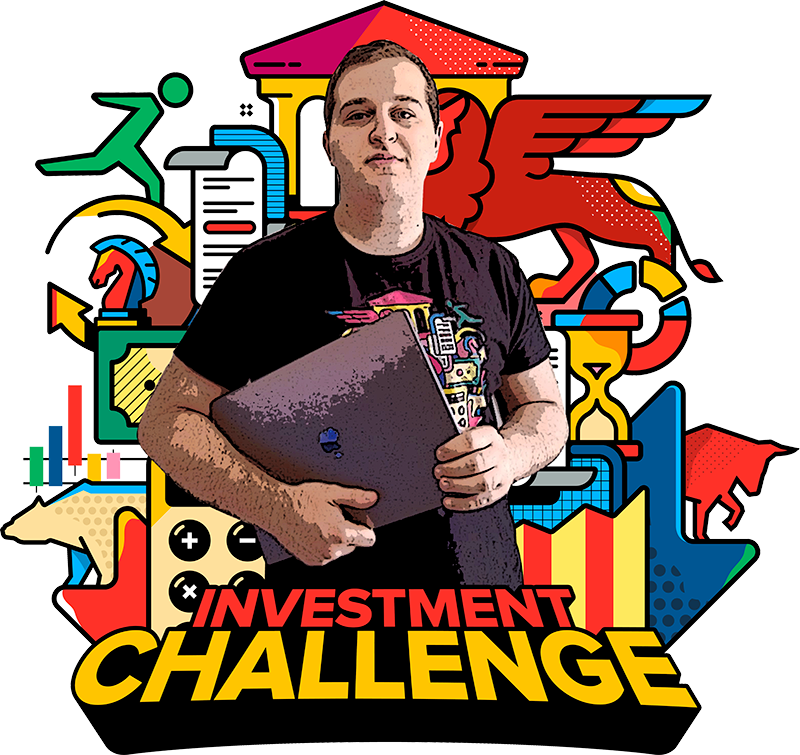
Based on this, and despite a slight downward closing (a few tenths) on the S&P 500 and Nasdaq, I invested in a long position and betted on the positivity of these indices to offset the high volatility of the European indices. Plus, on the morning of 24th April, according to the European timetable, the market in America was still in the pre-market phase with very low volatility, so I could monitor the progress of these positions. This strategy on the American market was valid and I didn’t have to make any changes, which was how I eliminated the risk component through trading.
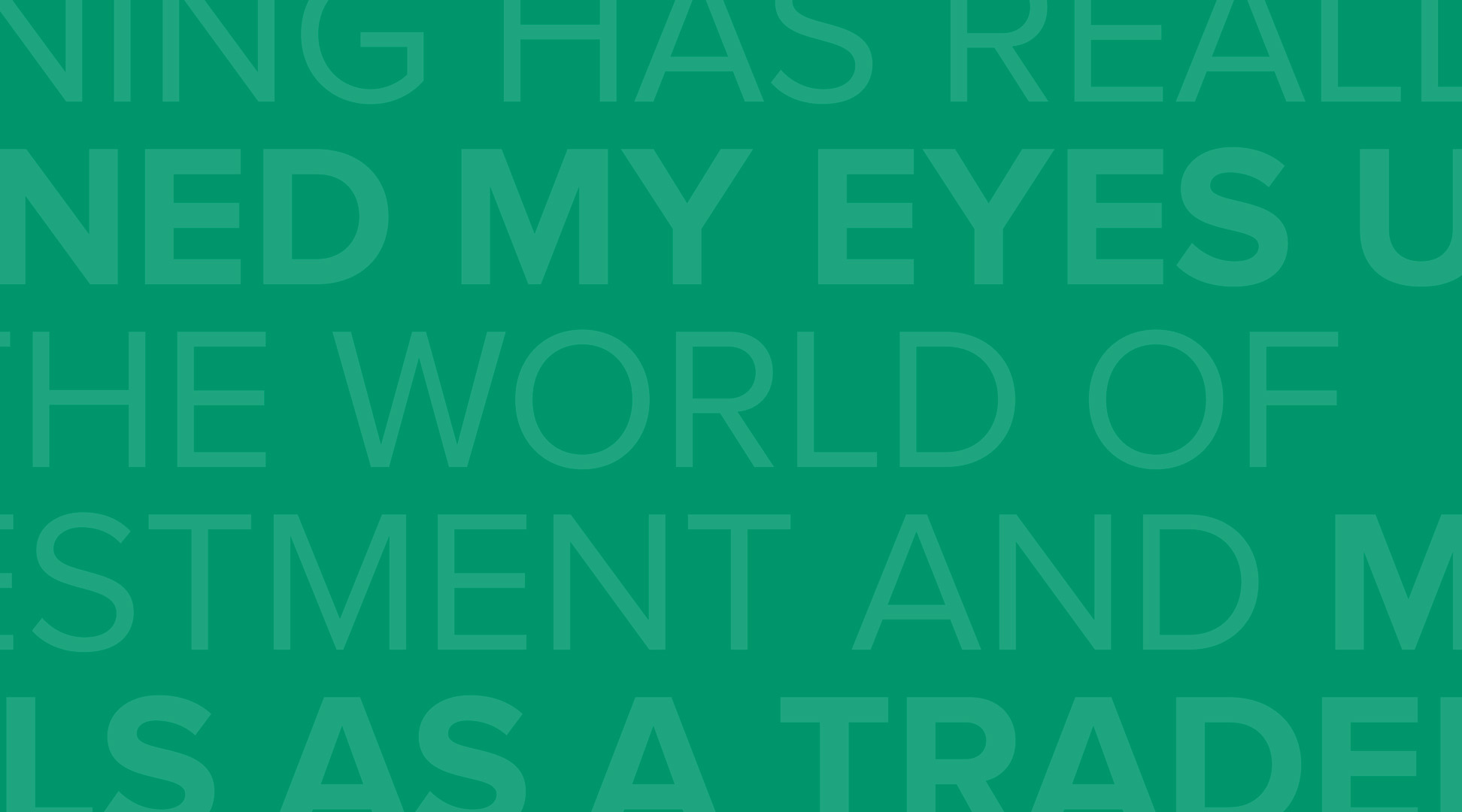
This competition has really fuelled my future expectations of a career in finance and trading. I’d like to thank Reply for the Challenge, the opportunity and for the confidence it’s given me.
Winning has really opened my eyes up to the world of investment and my skills as a trader.
Want to be the next winner?
Register on Reply Challenges and get updates on the next challenge!